Dianthrone
Modify Date: 2024-01-02 09:13:09
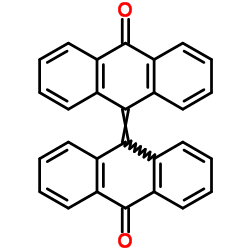
Dianthrone structure
|
Common Name | Dianthrone | ||
|---|---|---|---|---|
| CAS Number | 434-85-5 | Molecular Weight | 384.425 | |
| Density | 1.3±0.1 g/cm3 | Boiling Point | 570.8±50.0 °C at 760 mmHg | |
| Molecular Formula | C28H16O2 | Melting Point | 300 °C | |
| MSDS | N/A | Flash Point | 208.4±27.1 °C | |
Use of DianthroneBianthrone (Dianthrone) is a natural product that can be isolated from Rheum officinale Baill. Bianthrone is a potential toxic marker of Polygonum multiflorum Thunb[1]. |
| Name | Bianthrone |
|---|---|
| Synonym | More Synonyms |
| Description | Bianthrone (Dianthrone) is a natural product that can be isolated from Rheum officinale Baill. Bianthrone is a potential toxic marker of Polygonum multiflorum Thunb[1]. |
|---|---|
| Related Catalog | |
| References |
| Density | 1.3±0.1 g/cm3 |
|---|---|
| Boiling Point | 570.8±50.0 °C at 760 mmHg |
| Melting Point | 300 °C |
| Molecular Formula | C28H16O2 |
| Molecular Weight | 384.425 |
| Flash Point | 208.4±27.1 °C |
| Exact Mass | 384.115021 |
| PSA | 34.14000 |
| LogP | 3.71 |
| Vapour Pressure | 0.0±1.6 mmHg at 25°C |
| Index of Refraction | 1.728 |
| Stability | Stable. Incompatible with strong oxidizing agents. Combustible. |
| Precursor 10 | |
|---|---|
| DownStream 7 | |
| EINECS 207-106-8 |
| 9,9'-Bianthracene-10,10'-dione |
| dianthraquinone |
| 10,10'-bianthrone |
| MFCD00001238 |
| Dehydroxydianthrone |
| 10-(10-Oxoanthracen-9(10H)-yliden)anthracen-9(10H)-on |
| 10H,10'H-[9,9'-Bianthracenylidene]-10,10'-dione |
| 10-(10-Oxo-9(10H)-anthracenylidene)-9(10H)-anthracenone |
| Bianthron |
| Dianthrone |
| Dehydrodianthrone |
| Bisanthrone |
| 10-(10-oxoanthracen-9(10H)-ylidene)anthracen-9(10H)-one |
| 9(10H)-Anthracenone, 10-(10-oxo-9(10H)-anthracenylidene)- |
| Bianthvone |
| 10,10'-Dianthrone |
| 10-[10-oxoanthracen-9(10H)-ylidene]anthracen-9(10H)-one |
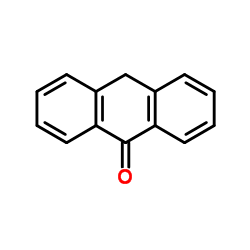 CAS#:90-44-8
CAS#:90-44-8![[9,9'-Bianthracene]-10,10'(9H,9'H)-dione Structure](https://image.chemsrc.com/caspic/191/434-84-4.png) CAS#:434-84-4
CAS#:434-84-4![9,9'-Bi[anthracen-10-ol] Structure](https://image.chemsrc.com/caspic/367/16014-05-4.png) CAS#:16014-05-4
CAS#:16014-05-4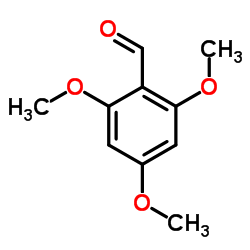 CAS#:830-79-5
CAS#:830-79-5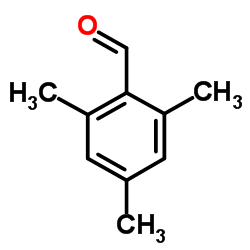 CAS#:487-68-3
CAS#:487-68-3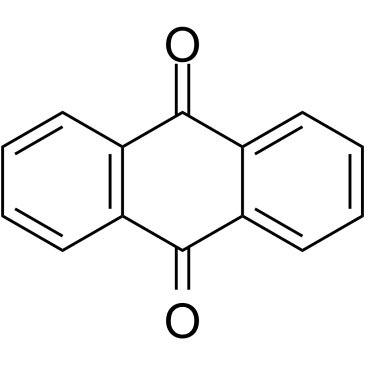 CAS#:84-65-1
CAS#:84-65-1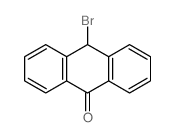 CAS#:1560-32-3
CAS#:1560-32-3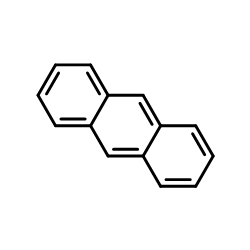 CAS#:120-12-7
CAS#:120-12-7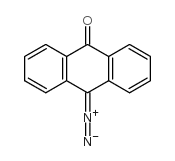 CAS#:1705-82-4
CAS#:1705-82-4 CAS#:1192-37-6
CAS#:1192-37-6 CAS#:613-31-0
CAS#:613-31-0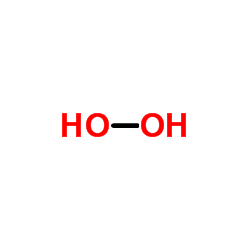 CAS#:7722-84-1
CAS#:7722-84-1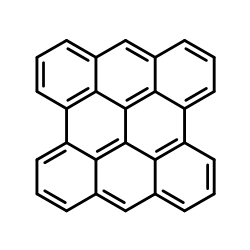 CAS#:190-39-6
CAS#:190-39-6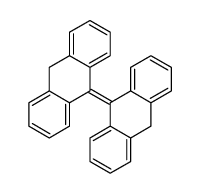 CAS#:4364-45-8
CAS#:4364-45-8![Phenanthro[1,10,9,8-opqra]perylene-7,14-dione structure](https://image.chemsrc.com/caspic/193/475-64-9.png) CAS#:475-64-9
CAS#:475-64-9